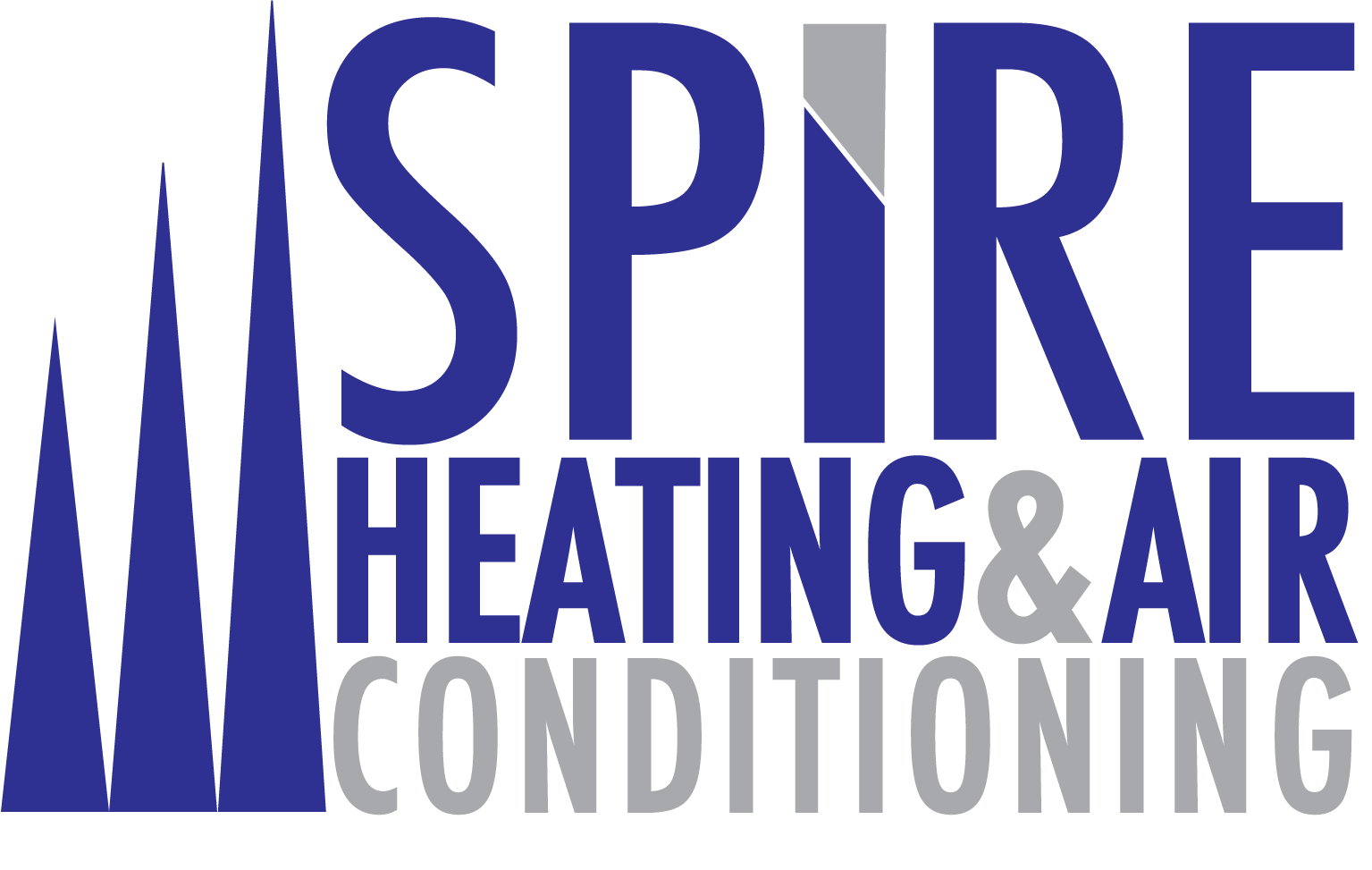
Ceiling fans are one of the most overlooked ways to enhance comfort and reduce energy costs. By boosting air circulation and assisting your HVAC system, ceiling fans and energy efficiency are truly a perfect combination. They offer a cost-effective, eco-friendly way to stay cool while easing strain on your AC—even preventing unnecessary air conditioning repair.
In this blog, the experts at Spire Heating and Air Conditioning break down how ceiling fans can improve your comfort while lowering your energy use with higher HVAC efficiency. We'll also share some HVAC efficiency tips that put to good use ceiling fans.
Comfort vs. Temperature: Getting Comfortable with the Wind-Chill Effect Indoors
Ceiling fans don’t actually lower the room temperature—they make you feel cooler by blowing air across your skin. This is called the wind-chill effect, and it can make a room feel up to 4 degrees cooler without lowering the thermostat. That means you remain cool and enjoy the benefits of indoor air circulation from your ceiling fan while using less AC—helping reduce your electric bill in summer.
The Best of Both: Benefits of Using Fans and Air Conditioning Together
There are several advantages to using ceiling fans and air conditioning in tandem, especially on hotter days. By using both, you boost HVAC efficiency and enjoy a cooler living space with less strain from your cooling system.
Top perks of using ceiling fans and AC together:
- Ceiling fans help lower HVAC load by spreading cool air more evenly around the room. Limiting HVAC stress is important, because it can help you avoid a breakdown that could result in premature AC or furnace installation.
- Using ceiling fans improves your indoor comfort by getting rid of warm pockets and increasing airflow.
- Combining ceiling fans and AC can lower your utility usage. If you have a home automation system, you can even modify your smart thermostat settings to increase the temperature slightly while your ceiling fan is running.
Clockwise vs. Counterclockwise Ceiling Fan Rotation: Which is the Correct Direction?
To get the most out of your ceiling fans year-round, it’s important to ensure blades are rotating in the right direction for the season. The direction influences how air circulates, which can either make you feel cooler or gently recirculate warm air so you feel warmer.
When to spin ceiling fans counterclockwise
On hot days, ceiling fans should rotate counterclockwise at a faster setting. This creates a breeze that forces cool air down, amplifying the wind-chill effect and creating a cooler sensation.
When to rotate ceiling fans clockwise
When it's cold out, set your fan to rotate clockwise on a low speed. This gently pulls cool air upward and draws warm air downward from the ceiling, helping you feel warmer without changing your thermostat.
Things to Look for in a Ceiling Fan
Picking the right ceiling fan depends on a few critical considerations, including blade design, airflow rating and room dimensions. First, look for fans that have a good combination of ECFM airflow and blade pitch to deliver efficient air circulation in your home:
- ECFM refers to how much air a fan moves—the cubic feet per minute, or CFM—per watt of electricity used. Fans with higher ECFM are the most energy efficient.
- Blade pitch refers to the incline of the blades. A steeper blade pitch moves more air but can also stress the fan’s motor.
Also, consider room size when sizing a ceiling fan—a fan that’s too small won’t move enough air, while one that’s too big may be disruptive in a smaller room.
Raise Your HVAC Efficiency With the Experts from Spire Heating and Air Conditioning
At Spire Heating and Air Conditioning, our HVAC specialists can help you maintain a cozy home while easing the burden on your heating and cooling systems. From practical fan advice and air conditioning installation to smart thermostats and furnace repair, we offer comprehensive services that fit your lifestyle. Schedule your appointment by calling 214-550-0111 today.
